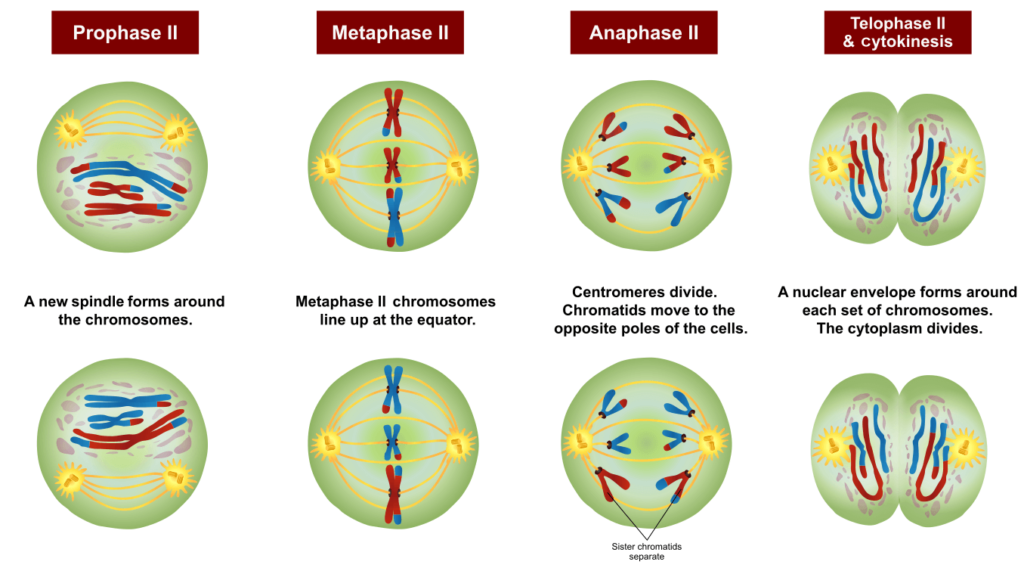

We say that humans have 2N = 46 chromosomes, where N = 23, or the haploid number of chromosomes.Ĭells with complete sets of chromosomes are called euploid cells with missing or extra chromosomes are called aneuploid. Humans most commonly have 22 pairs of autosomes and 1 pair of sex chromosomes (XX or XY), for a total of 46 chromosomes. Gametes (sperm cells or egg cells) are haploid, meaning that they have just one complete set of chromosomes.Ĭhromosomes that do not differ between males and females are called autosomes, and the chromosomes that differ between males and females are the sex chromosomes, X and Y for most mammals. We inherited one copy of each chromosome from other mother, and one copy of each from our father. Humans are diploid, meaning we have two copies of each chromosome. Image from Bolzer et al., (2005) Three-Dimensional Maps of All Chromosomes in Human Male Fibroblast Nuclei and Prometaphase Rosettes. The images of the homologous chromosome pairs (e.g., 2 copies of chromosome 1) have been lined up next to each other. These mitotic chromosomes each consist of a pair of sister chromatids joined at their centromeres. Human karyotype “painted” using fluorescent DNA probes. A pair of sister chromatids is a single replicated chromosome, a single package of hereditary information. The sister chromatids are joined at their centromeres, as shown in the image below. In G2, after DNA replication in S phase, as cell enter mitotic prophase, each chromosome consists of a pair of identical sister chromatids, where each chromatid contains a linear DNA molecule that is identical to the joined sister. In G1, each chromosome is a single chromatid. During interphase (G1 + S + G2), chromosomes are fully or partially decondensed, in the form of chromatin, which consists of DNA wound around histone proteins (nucleosomes). In eukaryotic cells, the DNA is packaged with proteins in the nucleus, and varies in structure and appearance at different parts of the cell cycle.Ĭhromosomes condense and become visible by light microscopy as eukaryotic cells enter mitosis or meiosis. A chromosome is a DNA molecule that carries all or part of the hereditary information of an organism. The modern definition of a chromosome now includes the function of heredity and the chemical composition. M is the actual period of cell division, consisting of prophase, metaphase, anaphase, telophase, and cytokinesis.Ĭhromosomes were first named by cytologists viewing dividing cells through a microscope.Cells check to make sure DNA replication has successfully completed, and make any necessary repairs. G2 is the period between the end of DNA replication and the start of cell division.S is the period of DNA synthesis, where cells replicate their chromosomes.Cells grow and monitor their environment to determine whether they should initiate another round of cell division. G1 is the period after cell division, and before the start of DNA replication.The cell cycle diagram on the left shows that a cell division cycle consists of 4 stages: Cells that stop dividing exit the G1 phase of the cell cycle into a so-called G0 state.Ĭells reproduce genetically identical copies of themselves by cycles of cell growth and division. Cell division cycle, figure from Wikipedia.


 0 kommentar(er)
0 kommentar(er)
